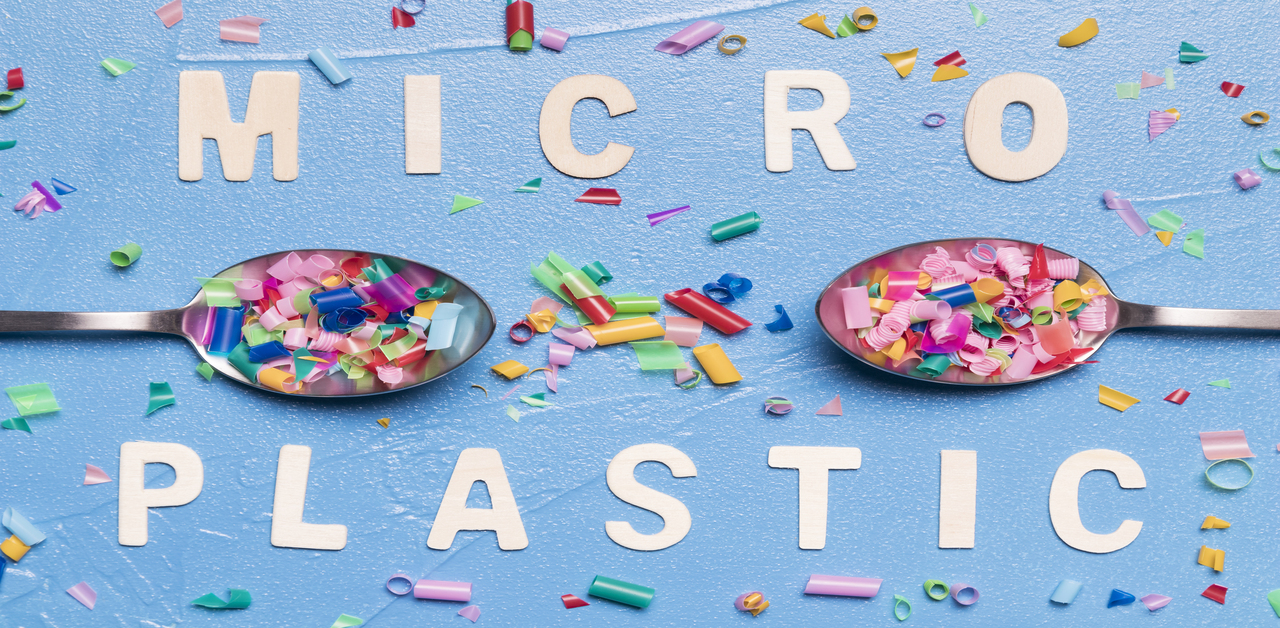One of the most pressing environmental issues of our time is microplastics. These minuscule pieces of plastic, which can be as small as a grain of rice, can now be found in the air, soil, oceans, rivers, and even the human body.
Microplastics have been found everywhere on the Earth, from the deep ocean to the Arctic snow, placenta, drinking water, human blood, etc.
Even though they are not visible to the naked eye, they have a huge effect on ecosystems, causing serious threats to wildlife and human health.
These are a problem for the environment that needs immediate global attention and are either the result of the breakdown of larger plastics or are produced for use in everyday products.
They represent the negative aspects of modern convenience. One of the most concerning pollutants affecting the environment today is microplastics.
From the deepest ocean trenches to the highest mountain peaks, these tiny plastic particles, which are frequently unnoticeable to the naked eye, are now found everywhere.
These pose a significant threat to ecosystems, wildlife, and even human health despite their small size.
Table of Contents
What Are Microplastics?
These are plastic shards with a diameter of less than 5 millimeters. They are either made intentionally for use in cosmetics, cleaning products, and synthetic clothing or come from the breakdown of larger plastic waste.
These are divided into two categories by scientists: primary and secondary microplastics
1. Primary Microplastics: Microbeads in exfoliating creams, for example, are examples of primary microplastics that are directly produced in small quantities for industrial or consumer applications.
2. Secondary Microplastics: When larger pieces of plastic, like bottles, bags, or fishing nets, degrade due to water erosion, sunlight, or wind, secondary microplastics form.
These are non-biodegradable means they remain in the environment for hundreds of years.
If you are interested in buying a book called ‘‘Ikigai: The Japanese Secret to a Long and Happy Life | A Global Self-Help Phenomenon that Guides You Towards a Joyful, Balanced, and Meaningful Life, then you can click here.
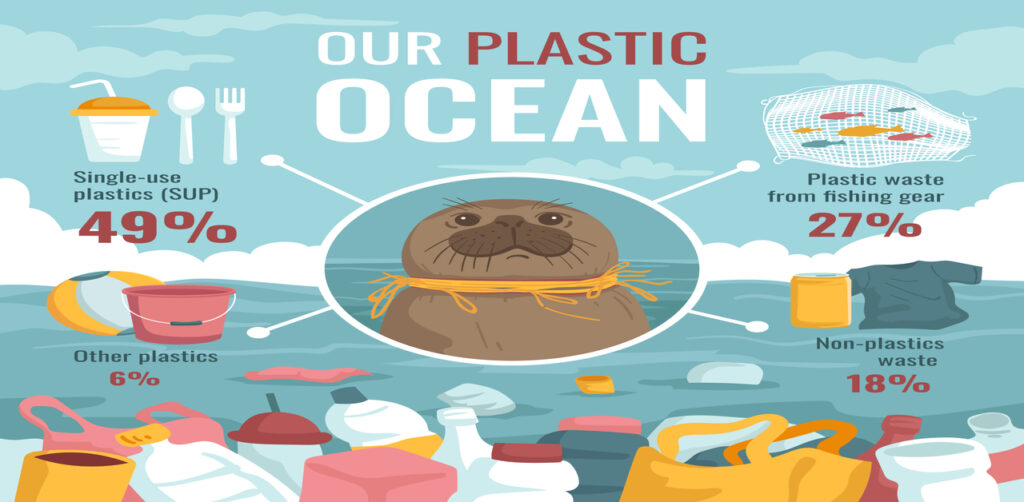
Sources of Microplastics
Every day of life contains numerous sources of microplastics. During washing, synthetic textiles like polyester and nylon release thousands of fibers that end up in wastewater and end up in water bodies.
Similar to this, when car tires rub against the road, they release microplastic dust. Plastic packaging, single-use products, and improperly disposed waste all play a significant role.
Microbeads that end up in rivers and oceans may be present in toothpaste, facial scrubs, and other personal care products.
Effects of Microplastics
1. Microplastics in the Environment
These spread quickly through soil, water, and the air once they are released.
They are carried by currents throughout the oceans and frequently accumulate in “garbage patches,” such as the Great Pacific Garbage Patch.
These particles are ingested by marine organisms, from plankton to whales, either by accident or by mistake.
On land, soil fertility and water retention capacity are affected when these mix with it.
They can also enter the food chain through seafood consumption or crops irrigated with contaminated water.
2. Impacts on Marine and Terrestrial Life
Both aquatic and terrestrial organisms face significant threats from these plastics. Consuming plastic fragments can result in physical obstructions, decreased feeding efficiency, and starvation.
Pesticides, dyes, and heavy metals, among other toxic chemicals attached to microplastics, have the potential to accumulate in animal tissues and disrupt biological functions.
These have been found in the digestive systems of earthworms, fish, and birds, causing an ecological imbalance over time.
They enter into oceans via Industrial discharge, runoff, Stormwater, wastewater, marine litter, etc.
3. Human Health Concerns
Concerns have been raised regarding the health effects of microplastics found in food and water. Seafood, salt, bottled water, and even the air people breathe all contain microplastics.
Even though research is ongoing, early studies suggest that these particles may disrupt hormones, cause inflammation, and oxidative stress.
Additionally, harmful chemicals and pathogens can be carried by microplastics, putting organs and overall health at risk.
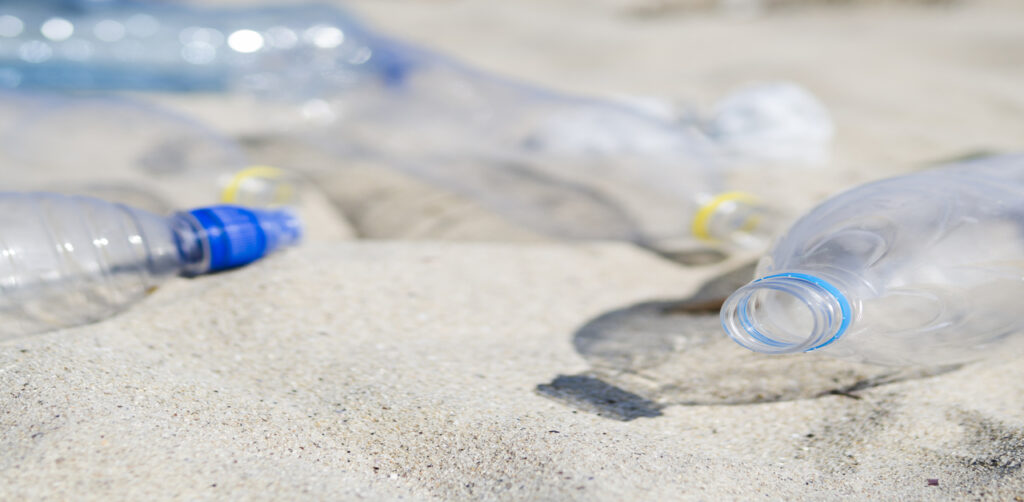
Challenges of Microplastic Pollution
Scientists, policymakers, and communities all over the world face a number of challenges as a result of the intricate nature of the microplastic pollution issue. The most significant difficulties include:
1. Observation and Detection
Because they are so small and frequently transparent, it is very hard to find microplastics in water, air, and soil.
To accurately identify and measure them, you need specialized equipment and expensive laboratory analysis.
Widespread monitoring efforts are hampered by the absence of readily available technology.
2. Inadequate Standardization of Research Methods
Data on the concentration and impact of microplastics is inconsistent because different studies use different sampling and testing methods.
It is difficult to compare results or develop unified policies to address the issue without standard global protocols.
3. Lack of Awareness of the Effects on Health
The long-term effects on human health are still unknown, even though scientists are aware that microplastics enter the human body through food, water, and air.
To comprehend how these minute particles interact with human systems and organs, additional research is required.
4. Adaptability to the Environment
Microplastics are difficult to break down. They can survive for hundreds of years before constantly fragmenting into smaller pieces and spreading throughout ecosystems.
Removal becomes nearly impossible once they enter the environment.
5. Inadequate disposal of waste
Poor waste collection, recycling, and disposal practices enable plastic waste to leak into the environment and eventually result in the formation of microplastics in many nations.
By releasing microplastics and toxic fumes, open dumping and burning of plastics exacerbate the issue.
6. Plastic’s use by consumers and industries
Packaging, textiles, and household goods are just a few of the modern industries and products that heavily rely on plastics.
It is difficult to move away from this overdependence because alternatives that are biodegradable or friendly to the environment tend to be more expensive and less readily available.
7. Gaps in Policy and Enforcement
Microbeads and single-use plastics have been outlawed in a number of countries, but enforcement is still weak.
Because plastic pollution travels across national borders via air and ocean currents, global cooperation is also limited.
8. Behavior and Awareness of the Public
Many people are still unaware of how their day-to-day actions, like wearing synthetic clothes or using plastic packaging, contribute to the pollution caused by microplastics.
Individual efforts to reduce the production of microplastics remain minimal if widespread education and behavioral change are not implemented.
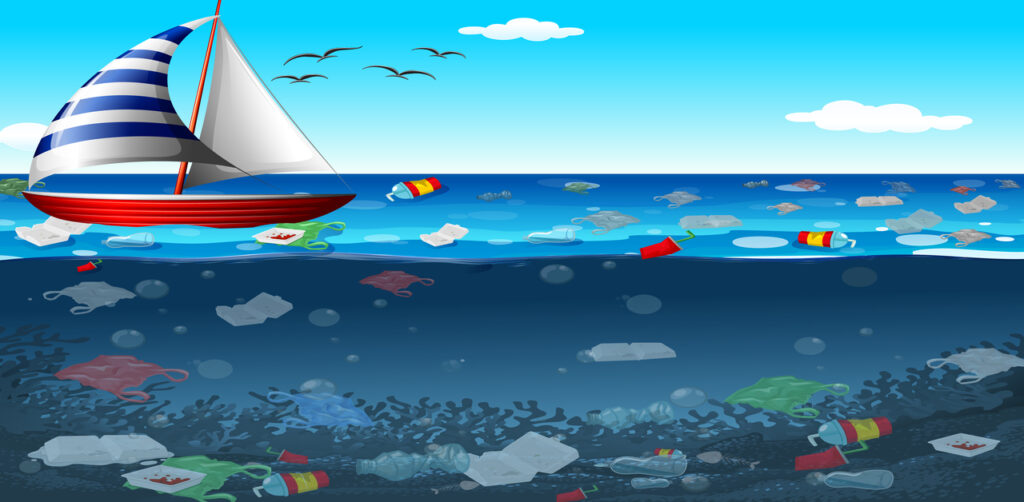
Solutions to Microplastic Pollution
Addressing the growing problem of microplastic pollution requires a combination of scientific innovation, policy enforcement, and public participation.
The environment’s microplastics can be reduced and managed effectively using the following methods:
1. Reduced Use and Production of Plastic
The most effective way to tackle microplastic pollution is by minimizing the overall use of plastics.
Alternatives for packaging and everyday use, such as biodegradable materials, paper, glass, and metal, should be promoted by governments and industries.
By avoiding plastics that are only used once, customers can also make conscious choices.
2. Banning Harmful Products and Microbeads
Many personal care products, like scrubs, toothpaste, and cleansers, once contained microbeads.
Banning such products, as already done in several countries, can significantly reduce primary microplastic pollution.
Instead, natural exfoliants like salt, sugar, or oats should be promoted to manufacturers.
3. Enhancing Waste Management Methods
It is essential to develop infrastructure for effective waste collection, separation, and recycling.
Microplastics cannot be formed from larger plastics unless they are properly disposed of.
Governments ought to make investments in cutting-edge recycling facilities and impose severe penalties for improper waste disposal.
4. Investing in New Water Treatment Facilities
Most microplastics from households—especially from synthetic clothing—enter water bodies through wastewater.
Advanced filtration systems can be installed in treatment plants to prevent these particles from reaching oceans and rivers.
5. Promoting Eco-Friendly Fashion
Through synthetic fibers, the textile industry is a major contributor to the pollution caused by microplastics.
Fiber shedding can be reduced by promoting natural fabrics like cotton, linen, and wool, and encouraging manufacturers to create eco-friendly materials.
Consumers can also wash clothes less frequently and use filters in washing machines.
6. Supporting Research and Innovation
To gain a deeper comprehension of microplastics and their effects, ongoing research is required.
Innovative technologies and materials, like biodegradable plastics and magnetic nanomaterials that can remove microplastics from water, are being developed by scientists.
Governments should support green innovations and fund such studies.
7. Policy Implementation and International Collaboration
International cooperation is essential because microplastic pollution is a global problem.
Agreements like the proposed UN Plastic Treaty aim to reduce plastic production and improve global waste management.
Strong policy frameworks and enforcement mechanisms can ensure consistent progress.
8. Public Awareness and Education
Raising awareness about the sources and impacts of microplastics can encourage people to adopt sustainable habits.
Educational campaigns, community clean-ups, and environmental programs in schools can inspire collective responsibility for a cleaner planet.
9. Corporate Responsibility and the Circular Economy
Industries must take responsibility for their products’ life cycles. Adopting a circular economy—where materials are reused, recycled, and repurposed—can drastically cut down on plastic waste and prevent microplastic generation.
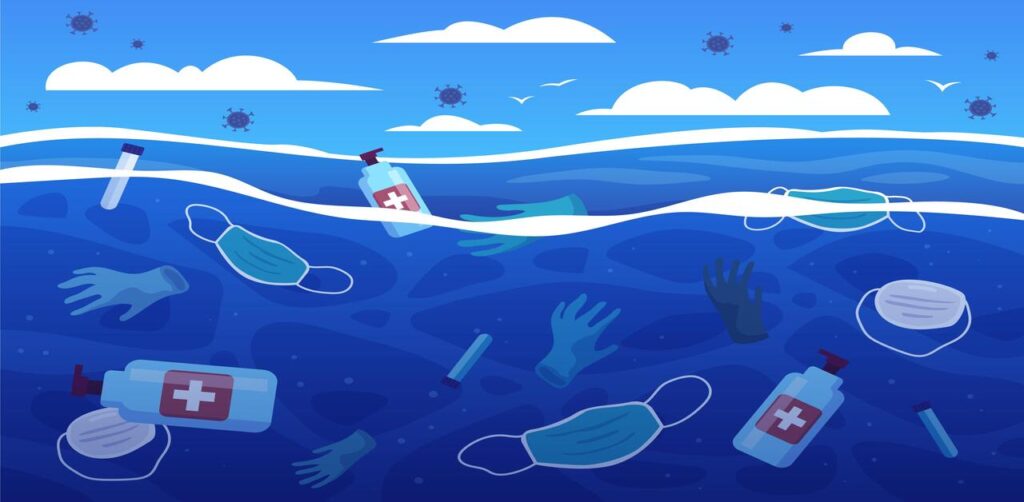
Individual responsibility and global cooperation are required to reduce microplastic pollution.
To discourage single-use plastics and encourage recycling, governments can enact stricter regulations.
Waste management systems should be improved, and eco-friendly materials should be developed.
Customers can also make a difference by avoiding products with microbeads, using less plastic, and wearing clothing made of natural fibers.
Other effective actions include supporting beach clean-up drives and putting filters in washing machines.
Technological and Policy Solutions
There is reason for optimism in developments like biodegradable plastics, improved wastewater treatment plant filtration systems, and sustainable packaging alternatives.
The global production of plastic and the leakage of waste are the goals of international agreements like the UN Plastic Treaty, which is being proposed.
Citizens’ sustainable behavior can be further encouraged by education and awareness campaigns.
If you want to read an article about Rabi Crops in detail, you can click on it.
Conclusion
Despite their small size, microplastics have a significant impact on the environment and living things. They are an unnoticed but growing crisis that requires immediate intervention.
The collective effort of conscious consumer choices, technological innovation, and robust global policies is necessary to combat microplastic pollution.
Not only is it important for the environment to keep our planet safe from this invisible enemy, but we also owe it to future generations to do so.

